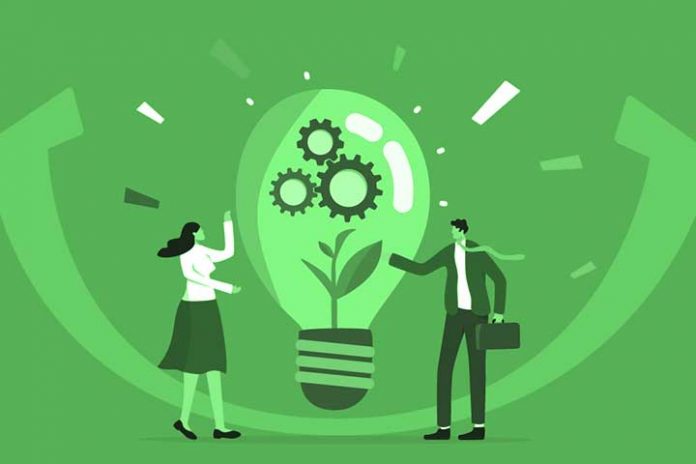Whether energy, water, climate change or mountains of waste – the topic of “sustainability” is now omnipresent due to the explosive problems of how we deal with resources and waste. Reporting in the media about plastic-covered beaches and deforested rainforests means that customers are increasingly concerned about sustainability and are demanding it from their business partners. Sustainability is IN, environmental pollution OUT, which is why it can certainly be advertised. But that alone is not enough. Sustainability must also be firmly embedded in all business goals and processes of your organization in order to meet the demands of the market and our environment.
Current situation
The long outdated linear economic system must be replaced by a circular economy. Instead of constantly producing more waste and consuming raw materials, it is now important to use resources for as long as possible. Meanwhile, the recycling of industrial waste and scrap is the most widespread. On the other hand, the initiative for the reuse of old components is significantly lower. However, circularity means repairing, refurbishing and reusing used products and materials. In the end, only a small amount of residual waste ends up in the garbage heap, while the majority remains in the cycle and continues to generate value.
But how is this to be achieved?
Meeting the demand for more sustainability is undoubtedly a challenge at the corporate level. Expensive and innovative creation of corporate sustainability concepts, for example in supply chain management, are unavoidable in order to achieve international sustainability goals such as the Paris Climate Agreement or the Green Deal.
However, these only set the framework for the minimum legal compliance measures. In order to be able to secure a competitive advantage, further investments in research and innovative development of sustainable products as well as conversion to more sustainable technologies (e.g. use of renewable energies) are necessary.
However, some conditions must be met for this:
- Management level: In order to actually be effective, the effort towards sustainability must be firmly integrated into all areas and processes. This can only succeed if the management level is actively behind it and promotes this constructively. A committee that is explicitly responsible for this is recommended so that sustainability is not pushed aside by other economic goals.
- Strategy: Corporate strategy and development processes should be geared towards sustainability from the start. This applies to the material design of a new product as well as to the use of sustainable resources and supply chains. In this way, innovative products can be developed that not only meet market requirements, but exceed them.
- Documentation and transparency: Show and document this strategy and your sustainability goals with comparable data and metrics to record the achieved results and progress that are also visible and convincing to customers and stakeholders.
Conclusion
Due to the ecological and social problems of our world and the associated legal and social expectations, sustainability has become a quality feature of corporations and products. However, since it guarantees long-term stability and resource efficiency, as well as forward-looking innovation and growth, society, the environment and companies benefit equally from a sustainable economy. Due to the strong networking and interdependencies of our world economic system, which are particularly visible in times of crisis, it will only be possible through widespread awareness to achieve circularity and thus to operate sustainably in the long term.


